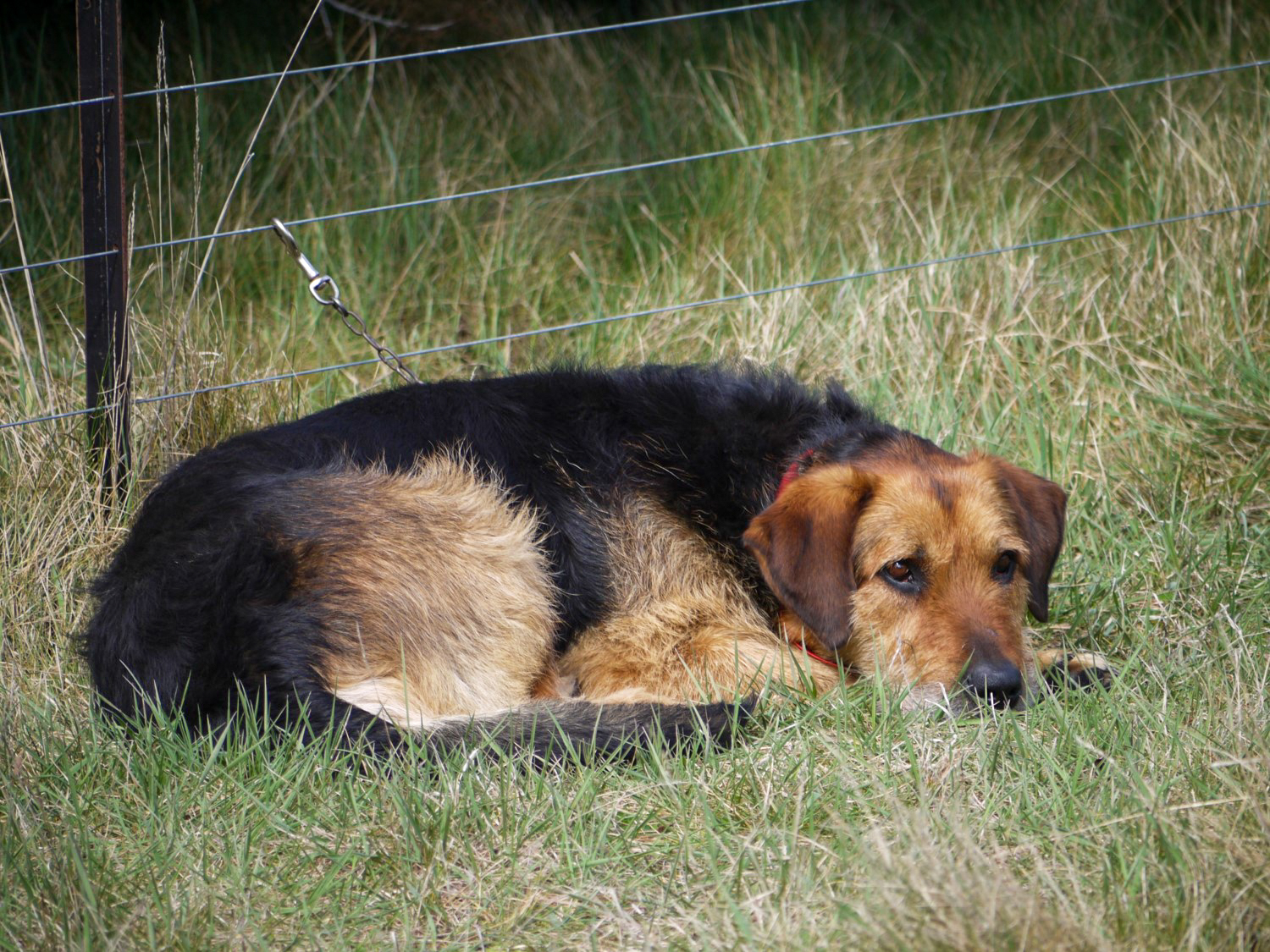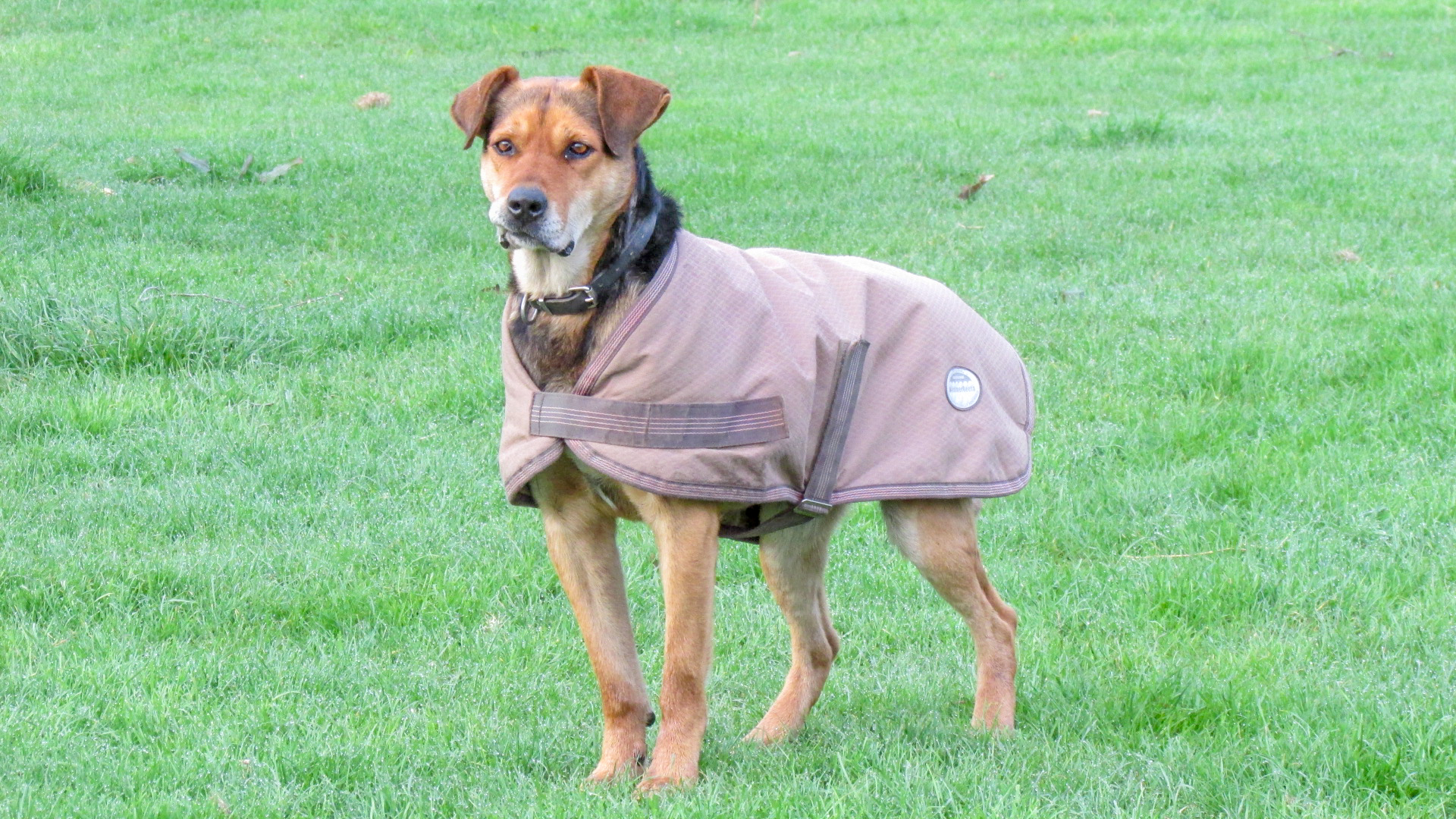
I am not suggesting that you bring your team of dogs inside the house, but there are small things for very little cost you can do to look after your dogs’ welfare in the winter months.
Best practice would be covering your dogs, some type of bedding, increasing food levels slightly, checking the roof and flooring of all kennels for leaks or draughts and making repairs.
If all you do is make your own woollen sack mats or even lay straw for bedding, it is a good start. These also alleviate sores and bare patches on leg joints and help older, arthritic dogs get moving on colder mornings. For those dogs who, out of boredom, pull all the bedding out of their kennel, you can put straw, or preferably wool for its insulating qualities even when damp, inside a sack or bag and nail it to the floor of the kennel.
Here are some other ideas to help keep your working dogs warmer and more comfortable during the winter months. Trying to keep warm is wasted energy which you need to replace with more food or:
We have a good supply of energy-dense working dog food, dog covers and bedding available – visit your Vetlife clinic and check these out. Your dogs will appreciate it.
By Helen Williamson – Vetlife
